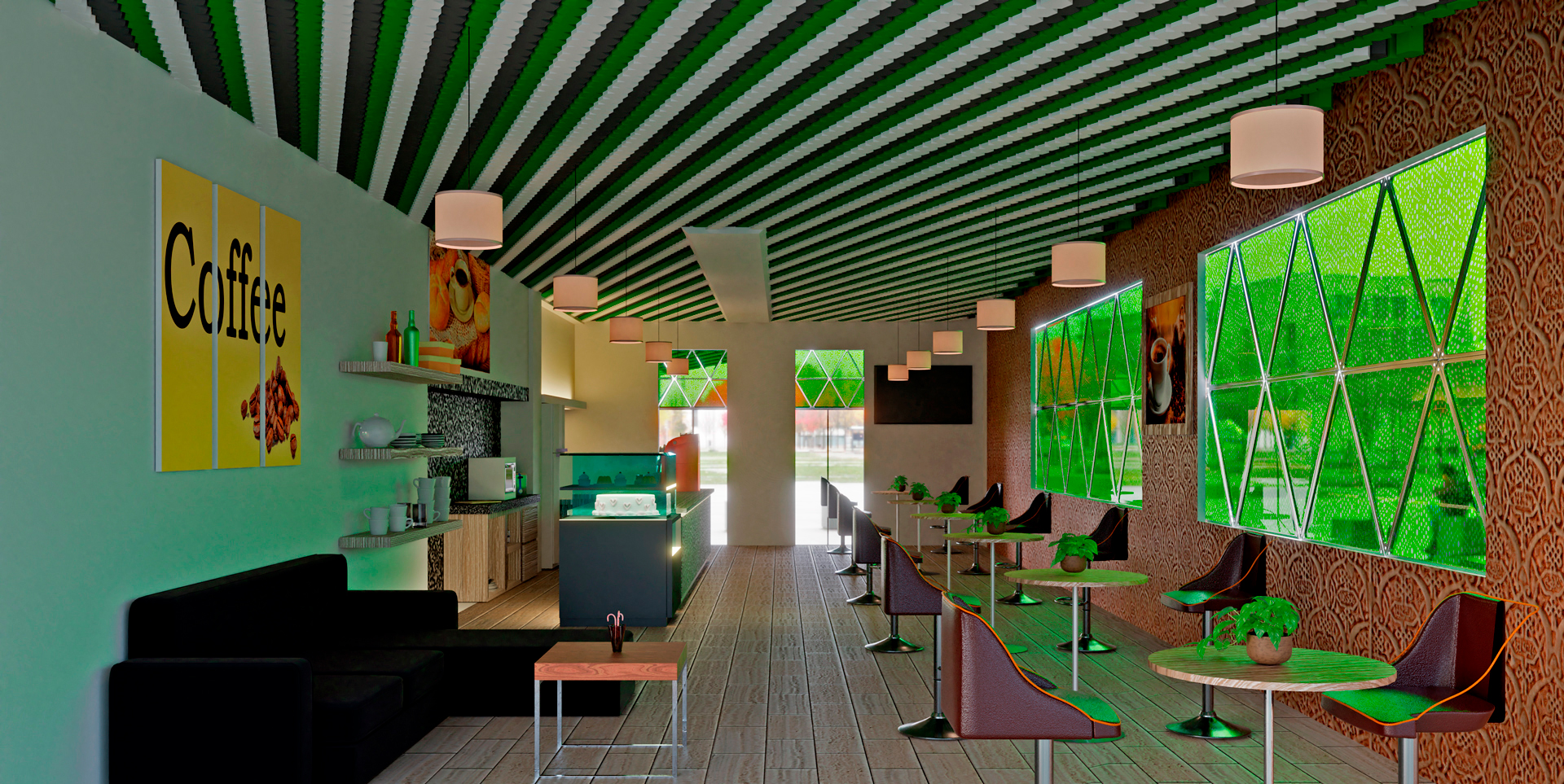Greenfluidics develops algae panel – Apparata
The Mexican start-up Greenfluidics opted for Mother Nature as an energy converter instead of a solar panel. How does their algae panel work?
Contents
Algae, Mother Nature’s best solar panels
The very first solar panels, plants, were invented by Mother Nature. Algae are single-celled plants with remarkable vigor, as aquarium enthusiasts know all too well.
In laboratory settings, algae can produce one and a half times as much biomass as multicellular plants. People also feel more at home in the soft green light that comes from plants than near a solar panel.
Lots of extra energy, plus energy savings
That is why the inventors of Greenfluidics see a great future for their algae panel. According to their calculations, an algae panel can produce no less than 328 kilowatt hours of energy per square meter per year under optimal conditions, i.e. in the tropics. That can be compared to a good solar panel in these circumstances.
They also estimate that something like 90 kWh of air conditioning is saved per square meter. As a bonus, the algae panel also removes CO2 from the air. Part of the energy generated by the algae panel comes from a thermoelectric generator. It taps a temperature difference and converts it into electricity.
Greenfluidics, energy storage as biomass
The big advantage of algae is that you can store this energy in the form of biomass, the dried algae. Storing energy is a notorious problem with electricity. The reason why energy companies are not happy about the net metering scheme.
With an algae panel you could convert these dried algae into biogas in the winter, or use them as animal feed. Unfortunately, this start-up is rather silent about the technology they used for their panels. The video below lifts part of the veil.
Greenfluidics, hype or not?
The enormous growth power of algae is well known and is already being used for the production of biofuels. Under optimal conditions, such as in the tropics, algae can produce around 30-40 g of biomass per square meter per day, so around 10-13 kg per year.
This corresponds to an energy content of 40 kilowatt hours per square meter per year. That is only a fraction of what the creators of this panel claim. Even if you include the effect of the thermoelectric generator. They may also have incorporated a transparent solar panel into their construction. This would indeed drastically increase efficiency, because plants use only half of all light.



